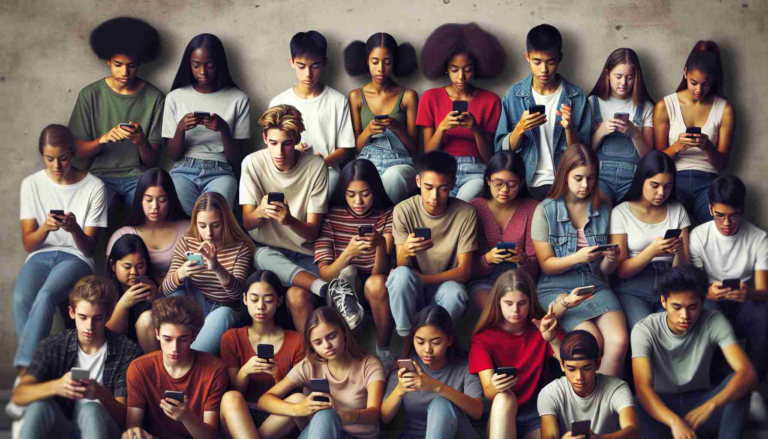In a paradox of our time, digital natives Gen Z and millennials are pioneering a movement back towards “dumb phones,” minimalist devices that lack the smart features that characterize smartphones and focus on basic communication. A recent segment on Al Jazeera’s The Stream delved into this cultural shift and piqued my interest by exploring the tech trends of a generation that, as a Gen Xer, I can confidently say has little to do with me. Yet the revelations about their choices are bridging the generational divide.
In pursuit of mindfulness and social liberation
These forward-thinking young people demonstrate a deep understanding of the importance of living in the moment and developing interpersonal skills. A profound statement from a 24-year-old who traded in his 15-year-old smartphone for a simpler device reflects his self-awareness, referring to possible irresponsibility in technology use.
The relentless grip of connection
This argument resonates with my own addiction to my phone for everything from staying connected to loved ones to getting through mundane tasks of daily life. My partner and I often find ourselves caught in a cycle of excessive screen time, and we often make futile attempts to assuage our guilt.
Negative influences and the pursuit of balance
There is growing awareness among young people about the harmful effects of excessive smartphone use, including social anxiety and a range of mental health issues. Researchers have found that excessive use of social media, primarily accessed via smartphones, can have a negative impact on health, prompting some young people to seek alternative ways of life.
Strategies for detoxification and careful use
In pursuit of digital wellbeing, several of the show’s panelists shared their personal strategies for minimizing their digital footprint. Digital minimalism advocate Jose Briones suggests switching to a “dumb phone” after work. In contrast, Shayonie Dasgupta adopted a financially penalized approach to limit screen time.
Defining healthy screen habits
Opinion is divided on healthy limits for screen use, but journalist Sophia Smith Gaylor has highlighted the importance of personalized use, suggesting that companies should redesign their algorithmic feeds to prioritise the public welfare over profits, signalling a shift towards responsible technology.
A global perspective on smart phones and simple phones
Interest in replacing smartphones with their less intrusive predecessors is growing, especially in places where awareness of their negative effects is high. By contrast, the trend has yet to take hold in large part in places such as Bangladesh where smartphones remain mainstream.
Important questions and answers about Simplified Connectivity:
Why do some young people prefer “dumb phones” to smartphones?
Young people are turning to “dumb phones” as a way to escape the pervasive connectivity that smartphones provide. They are seeking mindfulness, improved social skills, and relief from the constant notifications and distractions that come with smart devices.
What are the main challenges associated with the transition to simplified connectivity?
One key challenge is balancing the benefits of technology with mental health. Individuals must reduce screen time while meeting societal expectations of always being available online. Additionally, there is the challenge of functionality. Not surprisingly, “dumb phones” lack the wide range of features that smartphones offer, which can impact productivity and connectivity in certain aspects of modern life.
Are there any controversies surrounding the trend towards simplified connectivity?
This trend raises questions about whether tech companies are to blame for the negative effects of smartphone overuse and whether they should be mandated to prioritize the public welfare in their designs. It also raises the question of whether the shift to simpler devices is a privilege that ignores the important services that smartphones provide to many communities around the world.
Advantages and disadvantages of simplified connections:
advantage:
1. Increased mindfulness and presence in the present moment.
2. Fewer distractions and improved interpersonal relationships.
3. Potential reduction in social anxiety and improved mental health.
4. Reducing your digital footprint and increasing privacy.
Demerit:
1. It limits access to the features that smartphones offer, such as GPS navigation, high-quality cameras, and mobile banking.
2. The possibility of social exclusion and criticism from peers who are immersed in the digital age.
3. Difficulty in keeping up to date with information and news that is communicated efficiently through smart devices.
4. Challenges in maintaining certain professional responsibilities that require smartphone functionality.
If you want to learn more about the social aspects of technology and the trend of connectivity, visit the Al Jazeera website (Al Jazeera) or explore the topic of digital minimalism and well-being on platforms such as the Centre for Humane Technology.

